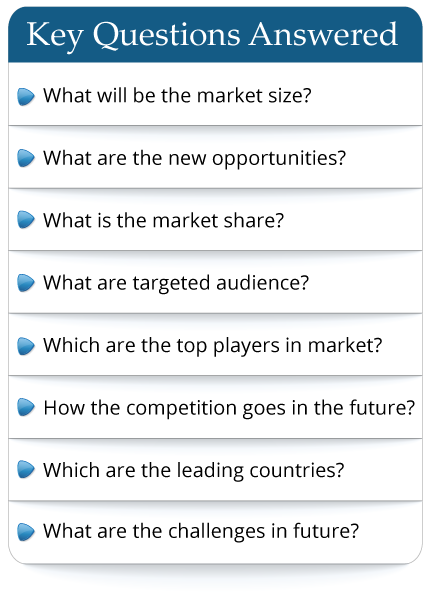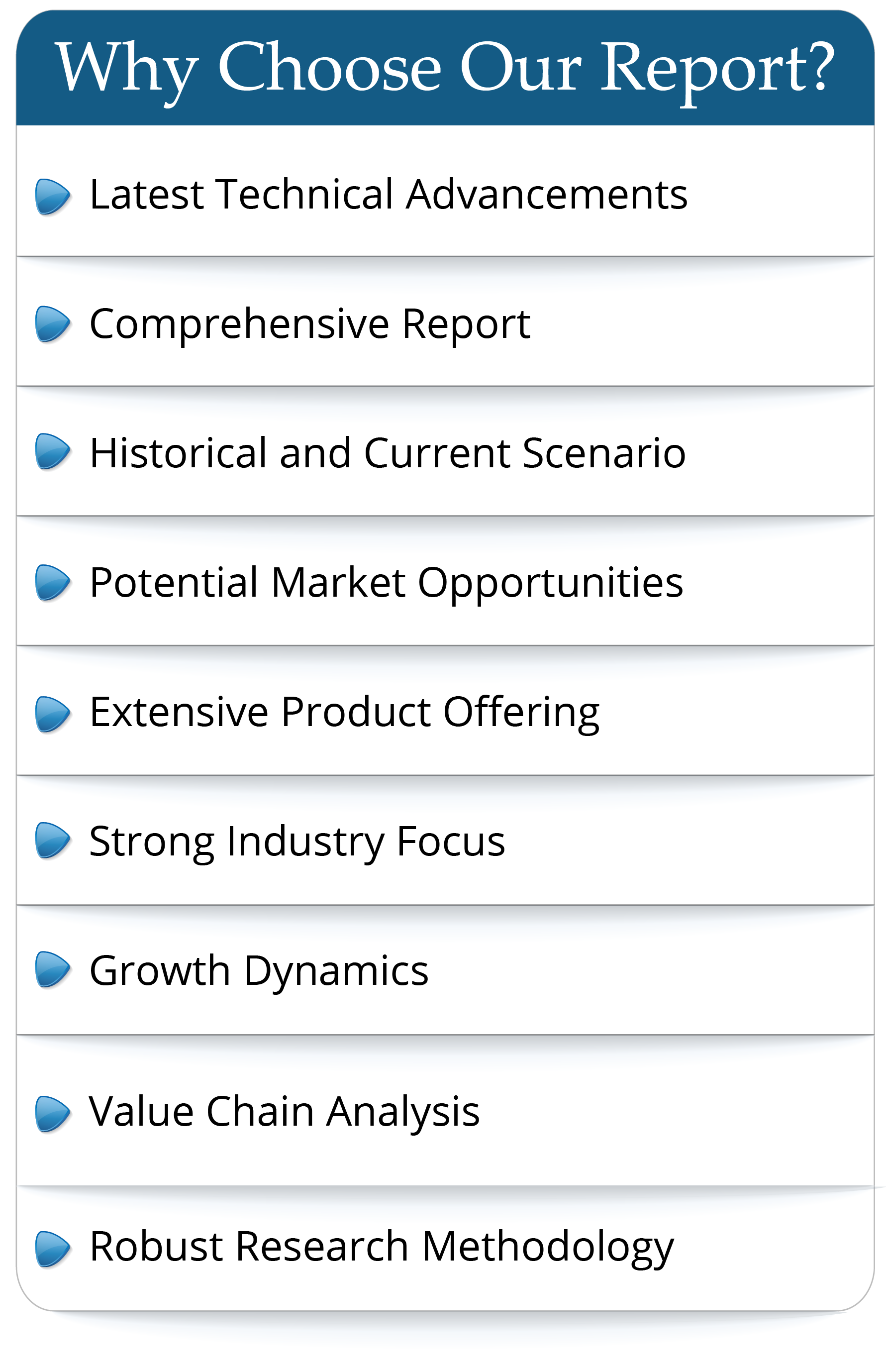A fructose meter is an instrument used to measure the sugar content in fruit, juice, or other liquid samples. These instruments often use the principle of refraction or other techniques to accurately measure the sugar content in a sample to help evaluate the ripeness and quality of the fruit. Fructose measuring instruments are widely used in agriculture, food processing, beverage industry and other fields to help producers, processors and quality control personnel ensure the quality of products and provide useful information during planting, harvesting and production processes.
The global Fructose Meter market was valued at US$ 4.6 million in 2023 and is anticipated to reach US$ 6.5 million by 2030, witnessing a CAGR of 5.0% during the forecast period 2024-2030.
Fructose measuring instruments are a relatively niche segment of the market, primarily serving industries such as agriculture, food processing, and quality control. However, as consumers continue to pay more attention to health and nutrition, and the food industry continues to develop, the demand for testing the sugar content of fruits is also increasing. This has driven the steady growth of the fructose measuring instruments market. In addition, with the advancement of science and technology, the technology of fructose measuring instruments continues to innovate and improve, including the improvement of measurement accuracy, convenience of operation, and enhanced functions of data processing and analysis, which also promote market growth.
Report Scope
This report aims to provide a comprehensive presentation of the global market for Fructose Meter, with both quantitative and qualitative analysis, to help readers develop business/growth strategies, assess the market competitive situation, analyze their position in the current marketplace, and make informed business decisions regarding Fructose Meter.
The Fructose Meter market size, estimations, and forecasts are provided in terms of output/shipments (K Units) and revenue ($ millions), considering 2023 as the base year, with history and forecast data for the period from 2019 to 2030. This report segments the global Fructose Meter market comprehensively. Regional market sizes, concerning products by Type, by Application, and by players, are also provided.
For a more in-depth understanding of the market, the report provides profiles of the competitive landscape, key competitors, and their respective market ranks. The report also discusses technological trends and new product developments.
The report will help the Fructose Meter manufacturers, new entrants, and industry chain related companies in this market with information on the revenues, production, and average price for the overall market and the sub-segments across the different segments, by company, by Type, by Application, and by regions.
Market Segmentation
By Company
Anton Paar
Mettler Toledo
Bellingham + Stanley
Reichert Technologies
Hanna Instruments
Thermo Fisher Scientific
Shimadzu Corporation
Mettler-Toledo International
Lovibond
Kett Electric Laboratory
Kyoto Electronics Manufacturing
DeltaTrak
GMP Systems
Ohaus Corporation
Sunforest
Felix Instruments
PCE Holding
Isoelectric
by Type
Refractive
Density
Electrochemical Formula
by Application
Food Processing
Beverage Industry
Production by Region
North America
Europe
China
Japan
Consumption by Region
North America
U.S.
Canada
Asia-Pacific
China
Japan
South Korea
China Taiwan
Southeast Asia
India
Europe
Germany
France
U.K.
Italy
Russia
Rest of Europe
Latin America, Middle East & Africa
Mexico
Brazil
Turkey
GCC Countries
Chapter Outline
Chapter 1: Introduces the report scope of the report, executive summary of different market segments (by region, by Type, by Application, etc), including the market size of each market segment, future development potential, and so on. It offers a high-level view of the current state of the market and its likely evolution in the short to mid-term, and long term.
Chapter 2: Detailed analysis of Fructose Meter manufacturers competitive landscape, price, production and value market share, latest development plan, merger, and acquisition information, etc.
Chapter 3: Production/output, value of Fructose Meter by region/country. It provides a quantitative analysis of the market size and development potential of each region in the next six years.
Chapter 4: Consumption of Fructose Meter in regional level and country level. It provides a quantitative analysis of the market size and development potential of each region and its main countries and introduces the market development, future development prospects, market space, and production of each country in the world.
Chapter 5: Provides the analysis of various market segments by Type, covering the market size and development potential of each market segment, to help readers find the blue ocean market in different market segments.
Chapter 6: Provides the analysis of various market segments by Application, covering the market size and development potential of each market segment, to help readers find the blue ocean market in different downstream markets.
Chapter 7: Provides profiles of key players, introducing the basic situation of the main companies in the market in detail, including product production/output, value, price, gross margin, product introduction, recent development, etc.
Chapter 8: Analysis of industrial chain, including the upstream and downstream of the industry.
Chapter 9: Introduces the market dynamics, latest developments of the market, the driving factors and restrictive factors of the market, the challenges and risks faced by manufacturers in the industry, and the analysis of relevant policies in the industry.
Chapter 10: The main points and conclusions of the report.
The global Fructose Meter market was valued at US$ 4.6 million in 2023 and is anticipated to reach US$ 6.5 million by 2030, witnessing a CAGR of 5.0% during the forecast period 2024-2030.
Fructose measuring instruments are a relatively niche segment of the market, primarily serving industries such as agriculture, food processing, and quality control. However, as consumers continue to pay more attention to health and nutrition, and the food industry continues to develop, the demand for testing the sugar content of fruits is also increasing. This has driven the steady growth of the fructose measuring instruments market. In addition, with the advancement of science and technology, the technology of fructose measuring instruments continues to innovate and improve, including the improvement of measurement accuracy, convenience of operation, and enhanced functions of data processing and analysis, which also promote market growth.
Report Scope
This report aims to provide a comprehensive presentation of the global market for Fructose Meter, with both quantitative and qualitative analysis, to help readers develop business/growth strategies, assess the market competitive situation, analyze their position in the current marketplace, and make informed business decisions regarding Fructose Meter.
The Fructose Meter market size, estimations, and forecasts are provided in terms of output/shipments (K Units) and revenue ($ millions), considering 2023 as the base year, with history and forecast data for the period from 2019 to 2030. This report segments the global Fructose Meter market comprehensively. Regional market sizes, concerning products by Type, by Application, and by players, are also provided.
For a more in-depth understanding of the market, the report provides profiles of the competitive landscape, key competitors, and their respective market ranks. The report also discusses technological trends and new product developments.
The report will help the Fructose Meter manufacturers, new entrants, and industry chain related companies in this market with information on the revenues, production, and average price for the overall market and the sub-segments across the different segments, by company, by Type, by Application, and by regions.
Market Segmentation
By Company
Anton Paar
Mettler Toledo
Bellingham + Stanley
Reichert Technologies
Hanna Instruments
Thermo Fisher Scientific
Shimadzu Corporation
Mettler-Toledo International
Lovibond
Kett Electric Laboratory
Kyoto Electronics Manufacturing
DeltaTrak
GMP Systems
Ohaus Corporation
Sunforest
Felix Instruments
PCE Holding
Isoelectric
by Type
Refractive
Density
Electrochemical Formula
by Application
Food Processing
Beverage Industry
Production by Region
North America
Europe
China
Japan
Consumption by Region
North America
U.S.
Canada
Asia-Pacific
China
Japan
South Korea
China Taiwan
Southeast Asia
India
Europe
Germany
France
U.K.
Italy
Russia
Rest of Europe
Latin America, Middle East & Africa
Mexico
Brazil
Turkey
GCC Countries
Chapter Outline
Chapter 1: Introduces the report scope of the report, executive summary of different market segments (by region, by Type, by Application, etc), including the market size of each market segment, future development potential, and so on. It offers a high-level view of the current state of the market and its likely evolution in the short to mid-term, and long term.
Chapter 2: Detailed analysis of Fructose Meter manufacturers competitive landscape, price, production and value market share, latest development plan, merger, and acquisition information, etc.
Chapter 3: Production/output, value of Fructose Meter by region/country. It provides a quantitative analysis of the market size and development potential of each region in the next six years.
Chapter 4: Consumption of Fructose Meter in regional level and country level. It provides a quantitative analysis of the market size and development potential of each region and its main countries and introduces the market development, future development prospects, market space, and production of each country in the world.
Chapter 5: Provides the analysis of various market segments by Type, covering the market size and development potential of each market segment, to help readers find the blue ocean market in different market segments.
Chapter 6: Provides the analysis of various market segments by Application, covering the market size and development potential of each market segment, to help readers find the blue ocean market in different downstream markets.
Chapter 7: Provides profiles of key players, introducing the basic situation of the main companies in the market in detail, including product production/output, value, price, gross margin, product introduction, recent development, etc.
Chapter 8: Analysis of industrial chain, including the upstream and downstream of the industry.
Chapter 9: Introduces the market dynamics, latest developments of the market, the driving factors and restrictive factors of the market, the challenges and risks faced by manufacturers in the industry, and the analysis of relevant policies in the industry.
Chapter 10: The main points and conclusions of the report.
Frequently Asked Questions
This market study covers the global and regional market with an
in-depth analysis of the
overall growth prospects...
- By product type
- By End User/Applications
- By Technology
- By Region
The report provides a detailed evaluation of the market by
highlighting information on
different aspects including drivers, restraints...

 Pre-order Enquiry
Pre-order Enquiry Download Free Sample
Download Free Sample












